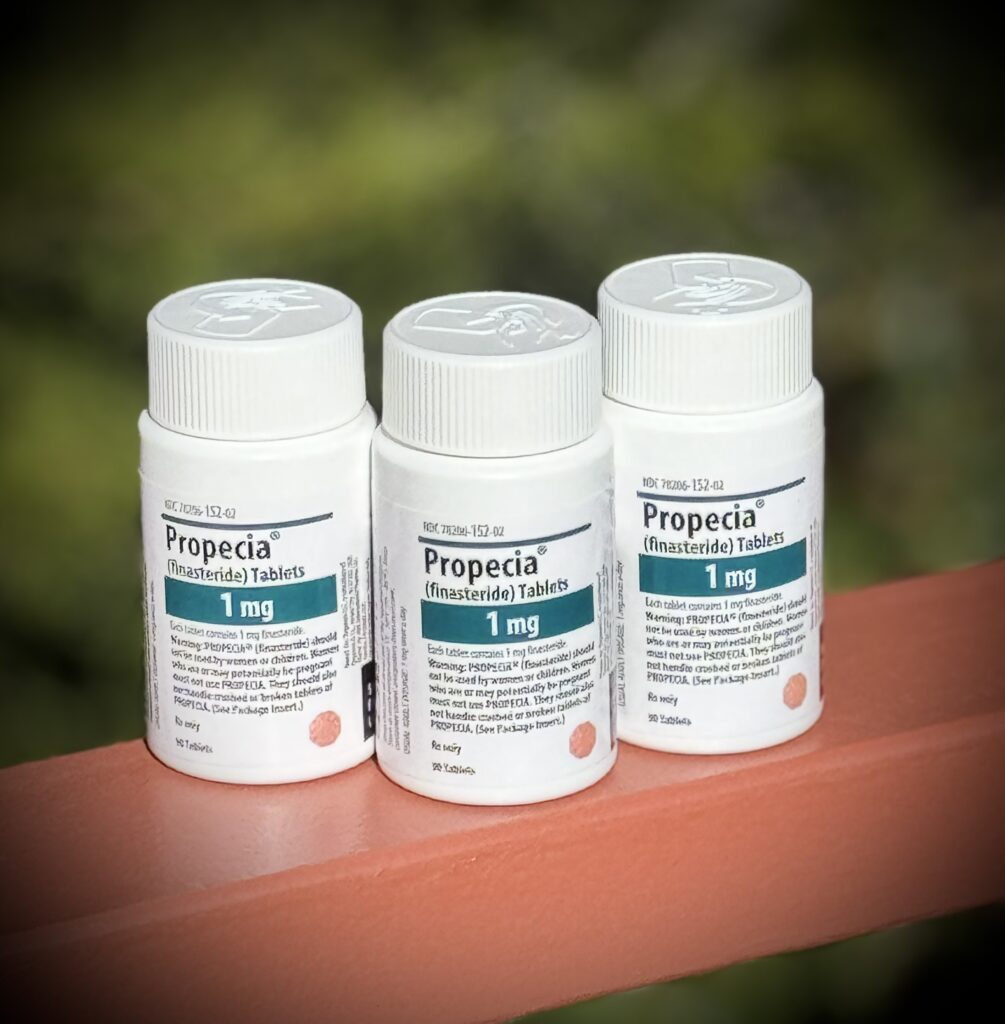Why Propecia Helps the Crown More Than the Hairline
If you’ve investigated options for treating hair loss, chances are you’ve come across Propecia. Guys notice hair loss in different ways. Sometimes it is the front starting to creep back, sometimes it is the crown starting to thin out. And when it comes to medication like Propecia, where you are losing hair matters just as much as how much you are losing.
 Propecia’s job is to lower a hormone called DHT, which stands for dihydrotestosterone. It is a byproduct of testosterone, and it is the main reason most men start to lose their hair. You are not doing anything wrong to cause it.
Propecia’s job is to lower a hormone called DHT, which stands for dihydrotestosterone. It is a byproduct of testosterone, and it is the main reason most men start to lose their hair. You are not doing anything wrong to cause it.
It is all based on genetics. If your hair follicles are sensitive to DHT, and most are in men with male pattern baldness, the hormone will slowly shrink those follicles over time. That process is called miniaturization. Hairs get thinner, shorter, and lighter. Eventually, they stop growing altogether. For a clear explanation of how DHT affects hair loss, check out the American Academy of Dermatology’s page on male pattern hair loss.
Now here is where it gets specific. The follicles in the crown tend to hang on longer. They go through miniaturization at a slower pace. They are still alive, just weakened. That is where Propecia can help. By lowering DHT levels, the medication can slow down that shrinking process and, in many cases, keep the follicles working. Sometimes it even thickens the hair that is already there.
The front of the scalp is a different story. The hairline and temples are more sensitive to DHT and are usually the first to show signs of recession. By the time you notice your hairline pulling back, a lot of the follicles in that area are already in the late stages of miniaturization or they are completely shut down. Once a follicle stops growing hair and has been inactive long enough, medication like Propecia will not bring it back.
There is also the issue of blood supply. The crown tends to get better circulation than the front. That could help the medication reach the follicles more effectively in the back of the scalp. In the front, if the drug is not reaching those follicles as well, that is another reason it is less effective there.
So if you are just starting to thin in the crown, or noticing more scalp showing in photos from the back, Propecia is absolutely worth considering. It gives you a chance to keep the hair you still have. But if your main concern is your hairline or temples, the honest answer is that Propecia will not do much there. That is where we usually start talking about other options like Rogaine, Platelet Rich Plasma with ACell and Laser Therapy that can restore what is already gone.
If you are not sure what stage you are at or what area is affected most, we are here to help. We will take a close look and give you a clear picture of what is going on and what makes sense for you moving forward.
Dr. Matthew Lopresti

